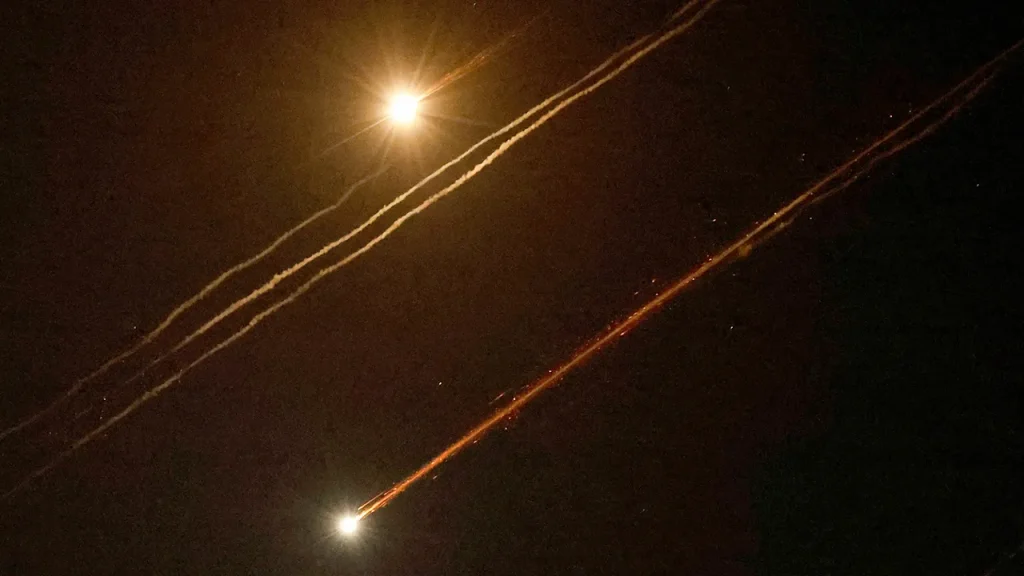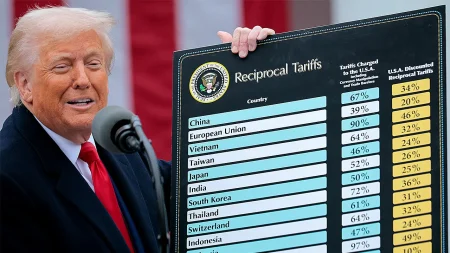Iran’s Missile Revival: A Growing Threat After the 12-Day War
Five months after the massive Israeli and American bombardment of Iran’s military and nuclear infrastructure, Iranian officials are boldly claiming they’ve not only recovered but expanded their missile capabilities beyond pre-war levels. “Iran’s missile power today far surpasses that of the 12-Day War,” declared Iranian Foreign Minister Abbas Araghchi, portraying the conflict as a failure for American and Israeli objectives. Defense Minister Aziz Nasirzadeh reinforced this narrative, asserting that Iran’s defense production has improved in both quantity and quality since the June attacks. These statements represent more than typical propaganda—they signal Iran’s strategic pivot toward missiles as its primary means of deterrence and potential retaliation against future strikes.
The conflict that erupted in June, now known as the 12-Day War, began with Israel launching sustained bombing operations against Iran’s nuclear and missile facilities, with the United States joining days later to conduct precision strikes on nuclear sites. The bombardment was extensive, targeting dozens of military and nuclear installations across Iran, yet Tehran now insists this campaign failed to achieve its ultimate objectives. According to Behnam Ben Taleblu of the Foundation for Defense of Democracies, Iran’s renewed focus on missile production is a logical response to what it learned during the conflict: “Tehran understands that missiles constitute the long pole in its ability to deter and punish attacks.” This accelerated missile development could become the catalyst for the next regional confrontation, potentially shifting the focus away from nuclear concerns and toward the growing missile threat.
The emerging dynamic between Israel and Iran increasingly resembles a high-stakes mathematical equation—a balance between Iranian missile production rates and Israeli interceptor capabilities. Brigadier General Yossi Kuperwasser of the Jerusalem Institute for Strategy and Security suggests that Iran’s post-war rhetoric serves two purposes: addressing internal political pressures while attempting to regain international leverage. Following the American strikes on nuclear facilities, Iran declared that negotiations on a renewed nuclear deal were no longer possible, rejecting Washington’s demands to abandon all enrichment activities. Tehran’s hardliners are now using missile rhetoric as a tool to test international resolve and possibly pressure the global community to ease sanctions. “They are attempting to pressure the international community to ease sanctions and diplomatic isolation by issuing threats of escalation,” Kuperwasser explains, adding that Iran is “working intensively to replenish their arsenal of long-range missiles” to make these threats credible.
While Iran’s nuclear ambitions remain a significant concern, its pivot toward enhanced missile capabilities demonstrates a strategic shift in priorities. Tehran has already tested several satellite launch vehicles using multi-stage propulsion and guidance systems—technologies that mirror those required for intercontinental ballistic missiles. American officials have repeatedly accused Iran of using its civilian space program as a cover for developing technologies capable of delivering nuclear payloads over vast distances. The international community’s failure to effectively contain Iran’s missile program could have consequences extending far beyond the Middle East, potentially threatening American forces stationed throughout the region and testing the limits of Israel’s missile defense systems. If Iran resumes direct strikes or proxy attacks, Washington could find itself pulled into another confrontation with Tehran.
Israeli defense officials, recognizing the growing threat, are racing to expand production of interceptors across the country’s multi-layered air-defense network. During the 12-Day War, Israel’s Iron Dome, David’s Sling, and Arrow systems were pushed to their operational limits when Iran launched hundreds of ballistic and cruise missiles toward Israeli cities and military installations. Israel’s response goes beyond simply replenishing its interceptor inventory—the country is now deploying one of the world’s first operational high-power laser air-defense systems. The Iron Beam system, which has completed acceptance testing and is being delivered to the Israel Air Force, is designed to intercept various aerial threats “at a fraction of the cost of conventional interceptors.” This technological advancement represents Israel’s attempt to change the cost equation in the ongoing missile competition with Iran.
For both Israel and the United States, Iran’s latest claims serve as a stark warning that the 12-Day War may have resolved very little in the long-term strategic picture. Both militaries are now preparing for what they anticipate will be the next test of regional defenses—a test measured not in diplomatic agreements but in missile ranges and response times. The missile race underscores a fundamental reality: despite the extensive damage inflicted during the June conflict, Iran appears determined to rebuild and expand its missile capabilities as its primary means of projecting power and deterring future attacks. As Ben Taleblu warns, “Much now depends on rates of production between Israeli interceptors and Iranian medium-range ballistic missiles.” This technological and production race, rather than nuclear negotiations, may ultimately determine the region’s security trajectory in the coming years. The outcome of this competition could shape Middle Eastern geopolitics for a generation, with implications extending to global security and nonproliferation efforts.















